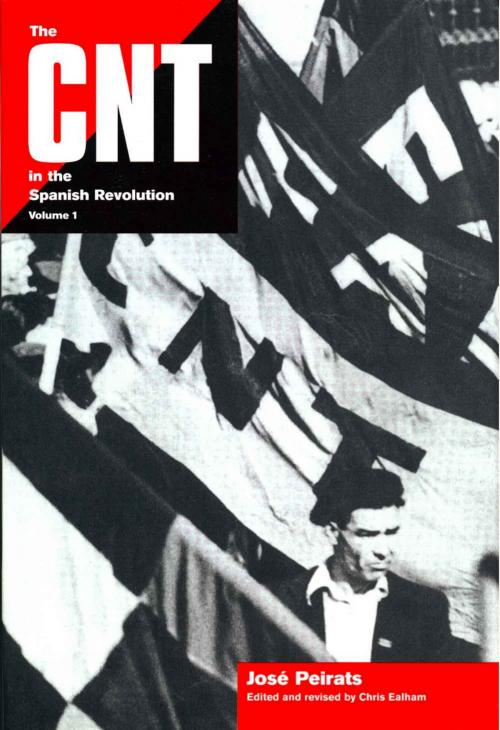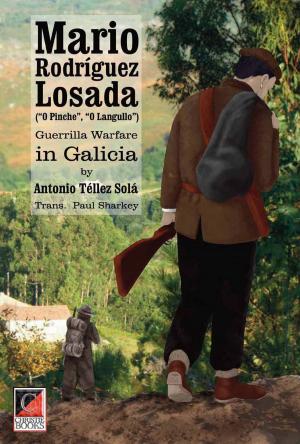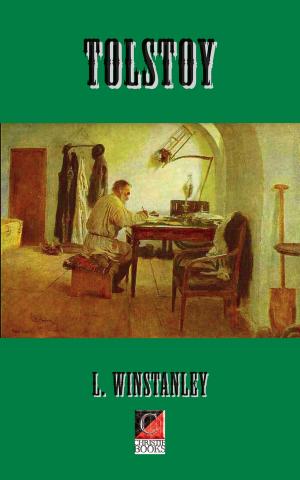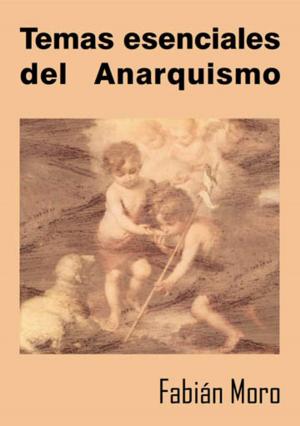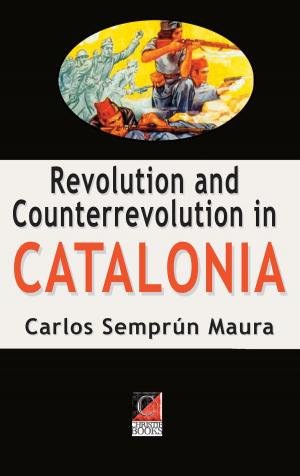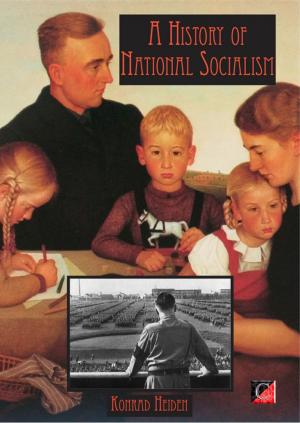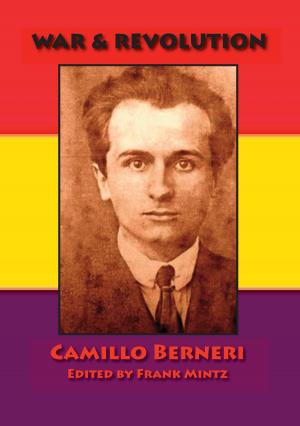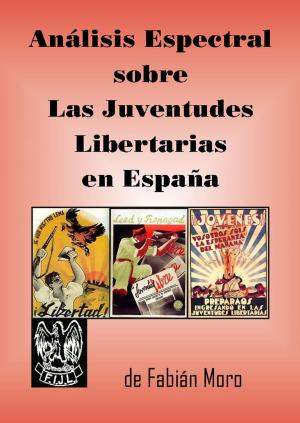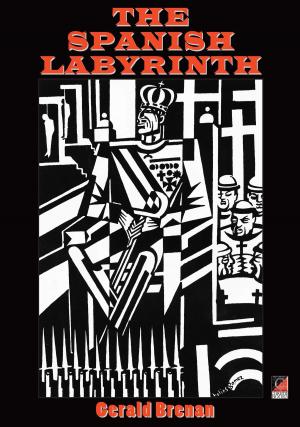The CNT in the Spanish Revolution Vol 1
Nonfiction, History, Revolutionary, Spain & Portugal, Modern, 20th Century| Author: | José Peirats Valls | ISBN: | 1230000272642 |
| Publisher: | ChristieBooks | Publication: | October 7, 2014 |
| Imprint: | ChristieBooks | Language: | English |
| Author: | José Peirats Valls |
| ISBN: | 1230000272642 |
| Publisher: | ChristieBooks |
| Publication: | October 7, 2014 |
| Imprint: | ChristieBooks |
| Language: | English |
José Peirats’s La CNT en la revolución española is the history of one of the most original and audacious, and arguably also the most far-reaching, of all the twentieth-century revolutions. It is the history of the giddy years of political change and hope in 1930s Spain, when the so-called ‘Generation of ‘36’, Peirats’s own generation, the generation of workers and landless labourers who found it impossible to live under the old order, who yearned for a better Spain, finally rebelled against the inequitable and repressive structures of ‘old Spain’. It is also the history of a revolution that failed, and which was followed by years of despair, defeat and diaspora, as General Franco’s dictatorship set about cleansing society of the ‘Generation of ’36’. During the long winter of Franco’s obscurantist reaction, the insurgent ‘Generation of ’36’ paid the price for daring to challenge the traditionalist and elitist verities of the agrarian and industrial oligarchies in front of firing squads, in German concentration camps, in Franco’s prisons or in exile.
This book emerged from the huge population movement provoked by Franco’s attempt to cleanse Spanish society of revolutionaries and to ‘silence’ the ‘Generation of ‘36’.2 The origins of this book are to be found in France, at the second congress of the Movimiento Libertario Español-Confederación Nacional del Trabajo (MLE-CNT), the exiled Spanish anarchist movement, which was held in Toulouse, in October 1947, some eight years after the conclusion of the Spanish civil war.3 In one of the less publicised moments of the congress, Benito Milla and his friend Peirats, a 39-year-old anarchist exile and secretary-general elect of the MLE-CNT, proposed the publication of a historical study of the Spanish revolution. Not only was this project firmly in keeping with the traditional concern of the Spanish anarchist movement for history and culture,4 but many exiled anarchists were acutely aware of the need to offer an alternative to the one-sided, distorting and self-justifying official history being produced by the academic apologists of the dictatorship, whose incessant propaganda offensive denied the place of the anarchists and the entire left in Spain’s history. In this context, to write a history connoted a readiness to stake a claim to the past, the present and the future of Spain. It is surprising, therefore, that the proposal made by Milla and Peirats went unheeded. But this apparent paradox is perhaps best explained by the exigencies of exile. Thus, while many of those who attended the congress undoubtedly accepted the desirability of and the necessity for such a history, this project was pushed onto a secondary plane by the burden of everyday life: the imperatives of organising the fight against Franco and the daily struggle for survival in exile in a country then undergoing post-war reconstruction.
Glossary of organisations
The history of a history by Chris Ealham
Introduction to the First Edition by José Peirats Valls
Chapter One: From the Bellas Artes Congress to the Primo de Rivera dictatorship
Chapter Two: From the military Directory to the Second Republic
Chapter Three: The Republic of Casas Viejas
Chapter Four: From the November elections to the October Revolution
Chapter Five: 6 October 1934 in Asturias and in Catalonia
Chapter Six: The end of the black biennium and the Popular Front triumphant
Chapter Seven: From the Zaragoza congress to 19 July 1936
Chapter Eight: Spain in flames
Chapter Nine: The revolutionary achievement
Chapter Ten: The dilemma of revolution and war
Chapter Eleven: The CNT in the government of Catalonia
Chapter Twelve: The CNT in the government of the Republic
Chapter Thirteen: Politics and revolution
Chapter Fourteen: Consequences of the Confederation's collaboration
Chapter Fifteen: The Collectivisations
A chronology of José Peirats’s major writings
Index
José Peirats’s La CNT en la revolución española is the history of one of the most original and audacious, and arguably also the most far-reaching, of all the twentieth-century revolutions. It is the history of the giddy years of political change and hope in 1930s Spain, when the so-called ‘Generation of ‘36’, Peirats’s own generation, the generation of workers and landless labourers who found it impossible to live under the old order, who yearned for a better Spain, finally rebelled against the inequitable and repressive structures of ‘old Spain’. It is also the history of a revolution that failed, and which was followed by years of despair, defeat and diaspora, as General Franco’s dictatorship set about cleansing society of the ‘Generation of ’36’. During the long winter of Franco’s obscurantist reaction, the insurgent ‘Generation of ’36’ paid the price for daring to challenge the traditionalist and elitist verities of the agrarian and industrial oligarchies in front of firing squads, in German concentration camps, in Franco’s prisons or in exile.
This book emerged from the huge population movement provoked by Franco’s attempt to cleanse Spanish society of revolutionaries and to ‘silence’ the ‘Generation of ‘36’.2 The origins of this book are to be found in France, at the second congress of the Movimiento Libertario Español-Confederación Nacional del Trabajo (MLE-CNT), the exiled Spanish anarchist movement, which was held in Toulouse, in October 1947, some eight years after the conclusion of the Spanish civil war.3 In one of the less publicised moments of the congress, Benito Milla and his friend Peirats, a 39-year-old anarchist exile and secretary-general elect of the MLE-CNT, proposed the publication of a historical study of the Spanish revolution. Not only was this project firmly in keeping with the traditional concern of the Spanish anarchist movement for history and culture,4 but many exiled anarchists were acutely aware of the need to offer an alternative to the one-sided, distorting and self-justifying official history being produced by the academic apologists of the dictatorship, whose incessant propaganda offensive denied the place of the anarchists and the entire left in Spain’s history. In this context, to write a history connoted a readiness to stake a claim to the past, the present and the future of Spain. It is surprising, therefore, that the proposal made by Milla and Peirats went unheeded. But this apparent paradox is perhaps best explained by the exigencies of exile. Thus, while many of those who attended the congress undoubtedly accepted the desirability of and the necessity for such a history, this project was pushed onto a secondary plane by the burden of everyday life: the imperatives of organising the fight against Franco and the daily struggle for survival in exile in a country then undergoing post-war reconstruction.
Glossary of organisations
The history of a history by Chris Ealham
Introduction to the First Edition by José Peirats Valls
Chapter One: From the Bellas Artes Congress to the Primo de Rivera dictatorship
Chapter Two: From the military Directory to the Second Republic
Chapter Three: The Republic of Casas Viejas
Chapter Four: From the November elections to the October Revolution
Chapter Five: 6 October 1934 in Asturias and in Catalonia
Chapter Six: The end of the black biennium and the Popular Front triumphant
Chapter Seven: From the Zaragoza congress to 19 July 1936
Chapter Eight: Spain in flames
Chapter Nine: The revolutionary achievement
Chapter Ten: The dilemma of revolution and war
Chapter Eleven: The CNT in the government of Catalonia
Chapter Twelve: The CNT in the government of the Republic
Chapter Thirteen: Politics and revolution
Chapter Fourteen: Consequences of the Confederation's collaboration
Chapter Fifteen: The Collectivisations
A chronology of José Peirats’s major writings
Index
